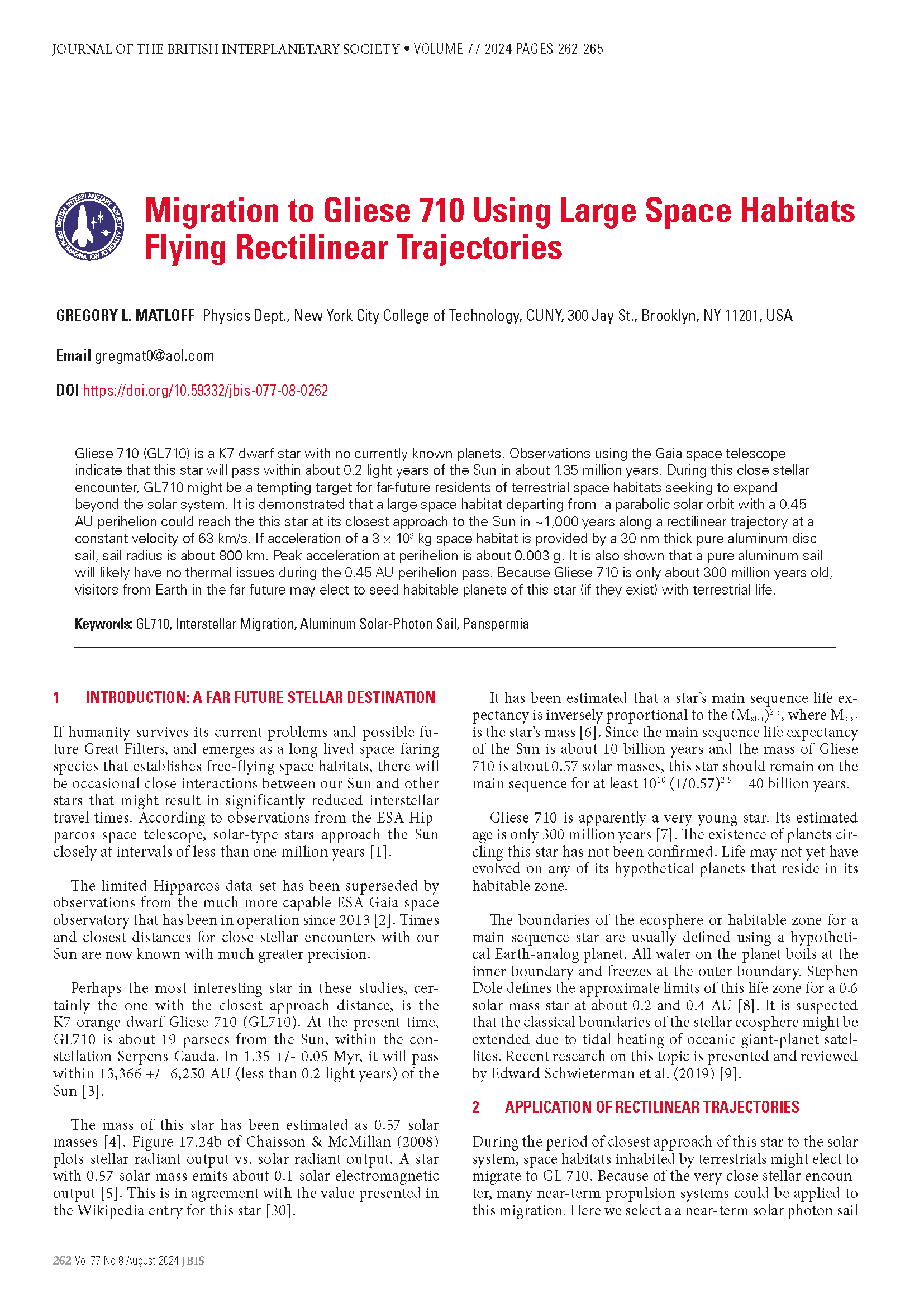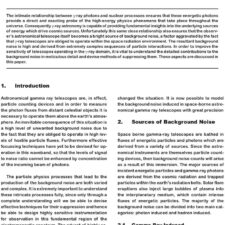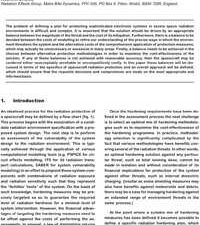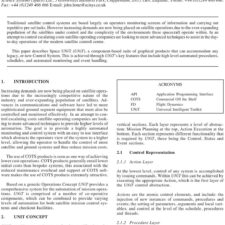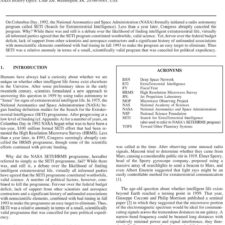Migration to Gliese 710 Using Large Space Habitats Flying Rectilinear Trajectories
£5.00
Gregory L. Matloff (2024), JBIS, 77, pp. 262-265
Refcode: 2024.77.0262
DOI: https://doi.org/10.59332/jbis-077-08-0262
Gliese 710 (GL710) is a K7 dwarf star with no currently known planets. Observations using the Gaia space telescope indicate that this star will pass within about 0.2 light years of the Sun in about 1.35 million years. During this close stellar encounter, GL710 might be a tempting target for far-future residents of terrestrial space habitats seeking to expand beyond the solar system. It is demonstrated that a large space habitat departing from a parabolic solar orbit with a 0.45 AU perihelion could reach the this star at its closest approach to the Sun in ~1,000 years along a rectilinear trajectory at a constant velocity of 63 km/s. If acceleration of a 3 × 109 kg space habitat is provided by a 30 nm thick pure aluminum disc sail, sail radius is about 800 km. Peak acceleration at perihelion is about 0.003 g. It is also shown that a pure aluminum sail will likely have no thermal issues during the 0.45 AU perihelion pass. Because Gliese 710 is only about 300 million years old, visitors from Earth in the far future may elect to seed habitable planets of this star (if they exist) with terrestrial life.
Keywords: GL710, Interstellar Migration, Aluminum Solar-Photon Sail, Panspermia

